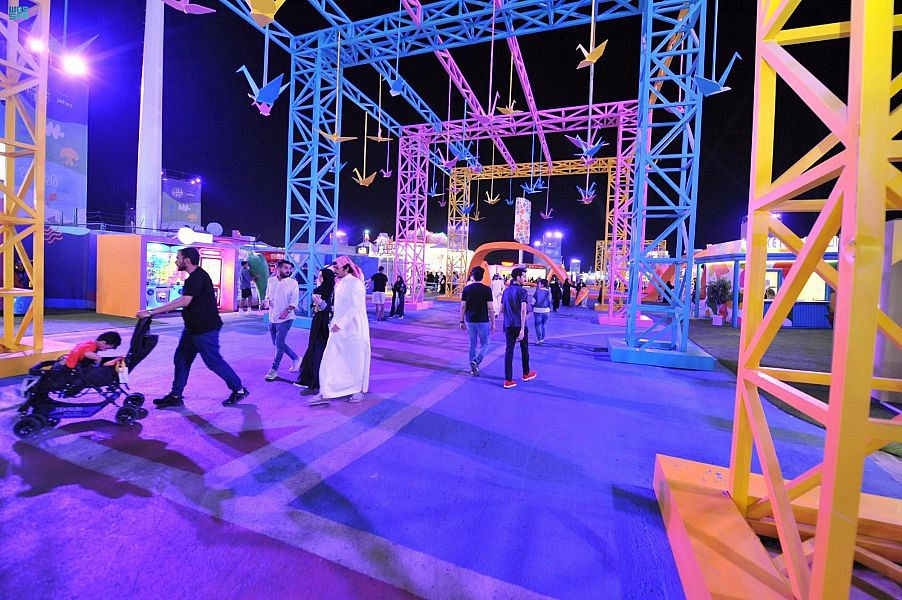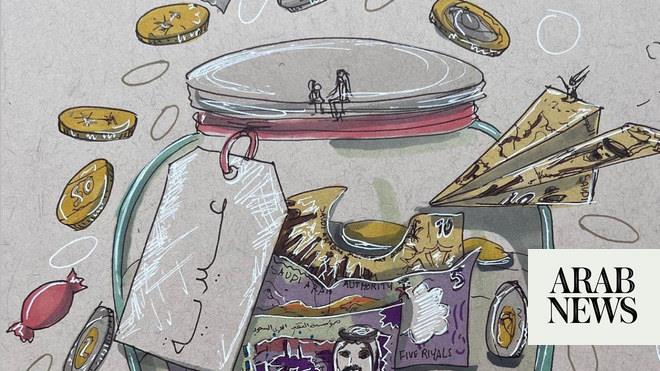
CORDOBA: At a time when religious differences continue to divide, a visit to the Andalusian city of Cordoba is a refreshing history lesson, reminding us of what it means to live together in multicultural harmony.
Cordoba’s historic center is architecturally unique as it preserves, side by side, its complex Islamic, Christian, and Jewish past. “Convivencia,” or coexistence in Spanish, is a term you’ll often hear in reference to medieval Spain, where Arabs ruled between 711 and 1492 CE.
Cordoba is a city that celebrates tolerance and knowledge. With its yellow buildings, narrow cobblestoned streets, and white walls clad with blue flowerpots, Cordoba’s historic center is a wonderful place for a holiday.
The Hotel Maimonides — named after the Cordoba-born 12th-century Jewish philosopher — is a stone’s throw away from the city’s most-iconic monument, the Mosque-Cathedral. There will be hordes of tourists and street vendors attempting to sell you rosemary twigs, but it is worth the hassle. Built in the 8th century, this UNESCO World Heritage Site was first erected by Abd al-Rahman I, whose successors kept expanding it to accommodate the area’s growing population. At one point, it could fit in around 40,000 worshippers. Its concrete jungle of red and white, arching columns command attention, as does its sumptuous mihrab, decorated with golden mosaics.
When Catholic forces took over the city in 1236, they eventually built a gothic cathedral — also elegant in its own way — in the middle of the mosque. Nowhere else in the world does such a disorienting structure exist, which is why some believe the Mosque-Cathedral’s interior lacks visual harmony. While it’s free to enter the building’s spacious orange-tree courtyard, to enter the Mosque-Cathedral itself you’ll have to pay, but concessions apply for students, seniors and the disabled. The nighttime “Soul of Cordoba” tour is a great time to visit the Mosque-Cathedral. It is much quieter and breathtakingly beautiful with dimmed lighting.
The Jewish Quarter, or ‘Juderia,’ is another historical point to explore. As you walk up Calle de los Judíos (Jewish Street), you will not only come across a well-known statue of Maimonides but one of just three remaining synagogues in all of Spain. Inside this 14th-century synagogue, which has a women’s gallery in the upper section, Hebrew inscriptions and geometric patterns cover the walls. In the past, the synagogue was also a hospital and kindergarten.
The city is full of statues of luminaries associated with it, including the philosopher Averroes (Ibn Rushd) and oculist Al-Gafequi. If you have time, stop by the underground Baños del Alcazar Califal — an Arab bath house used by caliphs for socializing, pampering, and cleansing.
Cordoba also has plenty of dining options. Casa Qurtubah is a lovely restaurant that cooks up Moroccan and Levantine dishes. For upbeat ambiance, go for La Chiquita de Quini. For cozy, try El Rincon de Carmen or Casa Palacio Bandolero for a quiet dinner. The restaurants’ popular patio spaces tend to get busy, so it’s wise to book in advance. Wherever you decide to go, the city’s simple and delicious staple of salmorejo, a thicker version of gazpacho soup, is a must-try.
A number of small and affordable museums are peppered around the city center. The Archaeology Museum, founded in the 19th century, sits on the site of an old Roman Theatre, the remains of which can still be found in the museum’s basement. The Museo Julio Romero de Torres is especially intimate with its deep red walls and sensual paintings of Spanish women. De Torres was born in Cordoba in 1874. He lived and died there, and his namesake museum was set up right next to his home.
Elsewhere, over 20 years ago, Salma Al-Farouki founded Casa Andalusi, which educates visitors about Arabs’ long history of cultural contributions to Andalusia. Casa de Las Cabezas (House of Heads), meanwhile, is a charming museum — despite the gory myth of seven heads found hanging here — that demonstrates how an upper-class family would once have lived in this house and its multifunctional rooms.
Finally, Museo Vivo de Al-Andalus recounts Cordoban histories through detailed miniature displays. The latter museum is connected to the Mosque-Cathedral area by the city’s long Roman Bridge. Crossing it, preferably around sunset, is an ideal way of ending the day, above the Guadalquivir River.












